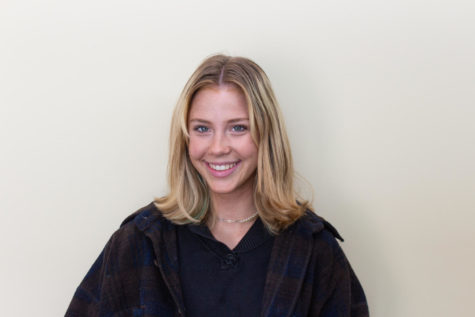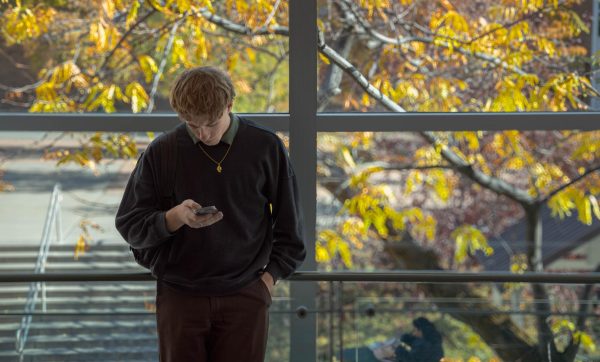New Year, new you?
According to Insideout Mastery, only 9% of people keep their New Year’s resolutions through the entire year. However, some students at Weber State University are determined to keep their resolutions for 2023.
“It’ll be difficult, but I can make it happen,” Alex Leifheit, a freshman at Weber State, said.
Another student at WSU, Kripa Thapa, whose resolution is to “create memories, study and seek discomfort,” said she also believes in herself and plans to make her resolutions a reality this year.
New Year’s resolutions have been around for a long time. The first resolutions are accredited to the Babylonians, who would have a 12-day festival in which they made promises to the gods for the coming year. This tradition has developed over the past 4,000 years to become what it is today.
Today, we tend to make resolutions that focus on self-improvements, and the motivation to reach our goals comes from within rather than from the desire to obtain favor by the gods. However, about 35% of people who fail their resolution credit their failure to losing motivation, so maybe fearing the gods was a positive thing for the Babylonians.
The most common New Year’s resolution in America is to exercise more. Many students at Weber State have resolutions to improve their academic performance. Paige Taylor said her resolution is “to not procrastinate homework.” Dipesh Rawal’s resolution is to “focus on studies.”
Whether studying more, not procrastinating homework, improving academic performance, or becoming more physically fit or something else entirely, hopefully students at Weber State can make their resolutions a reality and make 2023 their best year yet! The statistics are against us, but statistics for the majority don’t define the individual. We can make it happen!
sources
https://www.history.com/news/the-history-of-new-years-resolutions













